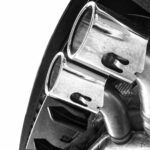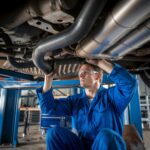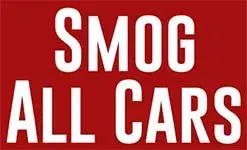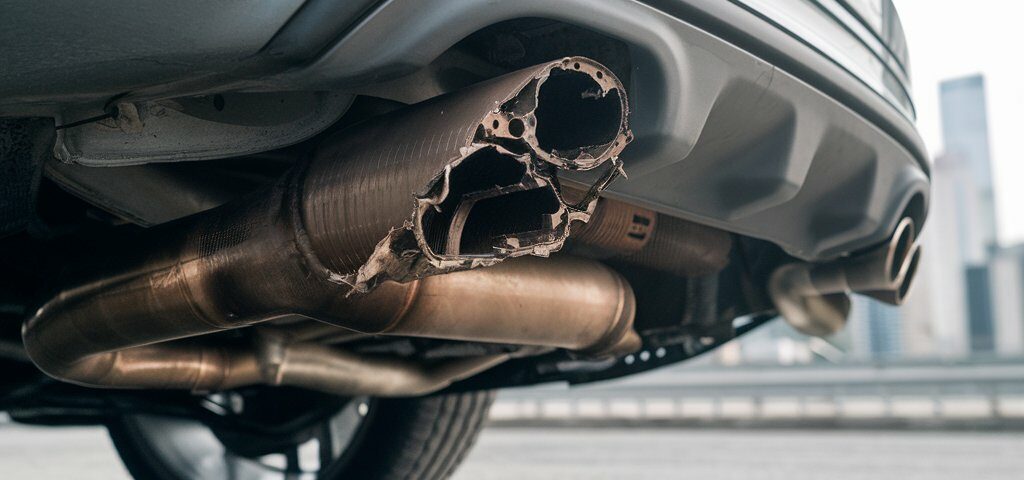
Why Does the Cost of a Smog Check Vary?
March 6, 2025
Didn’t Pass Your Smog Check? Here’s Your Next Move
March 11, 2025Understanding Why Your Vehicle Failed the Smog Check
Failing a smog check can be frustrating, especially if you were expecting a smooth inspection. However, understanding why your vehicle did not pass is the first step to resolving the issue. The smog check evaluates your car’s emissions to ensure it meets environmental standards. If your vehicle fails, it could be due to several reasons, including a malfunctioning oxygen sensor, a worn-out catalytic converter, or excessive carbon buildup. Sometimes, simple issues like a loose gas cap or a recent battery replacement can also cause a failure. When your vehicle does not pass, the smog station should provide a report detailing the specific reasons for the failure. This document will help you determine the necessary repairs before retesting.
Performing Basic Maintenance and Repairs Before a Retest
Once you understand why your car failed the smog check, it’s essential to perform the necessary maintenance. Some common fixes include changing the engine oil, replacing dirty air filters, or ensuring the fuel cap is tightly secured. If the failure is due to more complex issues such as a faulty catalytic converter or an engine misfire, you may need professional repairs. Visiting a trusted mechanic who specializes in emissions-related repairs is crucial to passing the test. If your check engine light is on, be sure to address the underlying issue before attempting another smog check. Additionally, driving your car at highway speeds for at least 20 minutes before the test can help burn off excess carbon and improve your vehicle’s chances of passing.
Exploring Financial Assistance for Smog-Related Repairs
For many vehicle owners, the cost of repairs after a failed smog check can be a significant burden. Fortunately, some states offer financial assistance programs to help cover emissions-related repairs. For instance, California’s Consumer Assistance Program (CAP) provides financial aid to qualifying individuals who need smog repairs or want to retire their high-emission vehicles. If your car is older and continues to fail despite multiple repairs, replacing it with a newer, more fuel-efficient model may be a cost-effective solution. Checking with your local Department of Motor Vehicles (DMV) or air quality management district can help you find available programs that offer repair assistance or vehicle retirement incentives.
Obtaining a Temporary Operating Permit After Failing a Smog Check
If your vehicle fails the smog check and your registration is due, you may be eligible for a temporary operating permit. This permit allows you to legally drive your car while you complete the necessary repairs. In California, for example, the DMV issues temporary permits that grant vehicle owners extra time to address emissions issues before completing the registration process. To qualify, you may need to show proof of a failed smog test and an estimate for necessary repairs. Some states also provide extensions or waivers for low-income drivers or those who can prove they have made a good-faith effort to fix their vehicle’s emissions problems.
Scheduling a Retest at a Certified Smog Check Station
After completing the necessary repairs, the final step is to schedule a retest at a certified smog check station. It is important to ensure your vehicle is fully prepared before attempting the test again. Mechanics can perform a pre-test inspection to confirm whether the emissions system is functioning correctly. If your vehicle has failed multiple times, consider taking it to a STAR-certified smog station, which specializes in testing high-emission vehicles. Before the test, make sure your car is warmed up and running efficiently to maximize your chances of passing. Once you successfully pass the smog check, you can proceed with renewing your vehicle’s registration without further delays.



